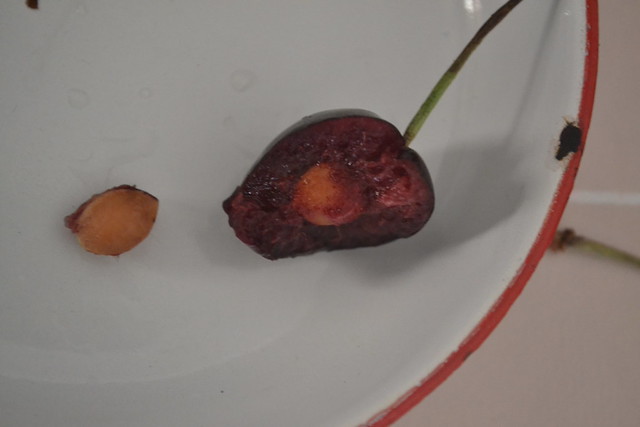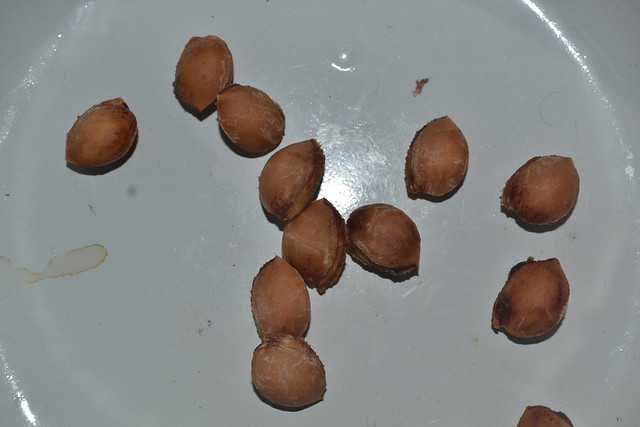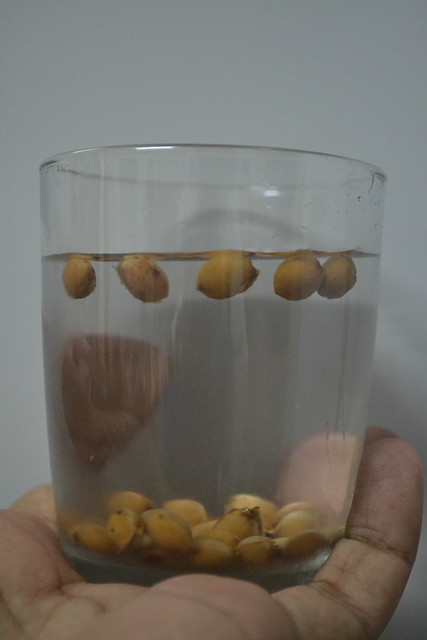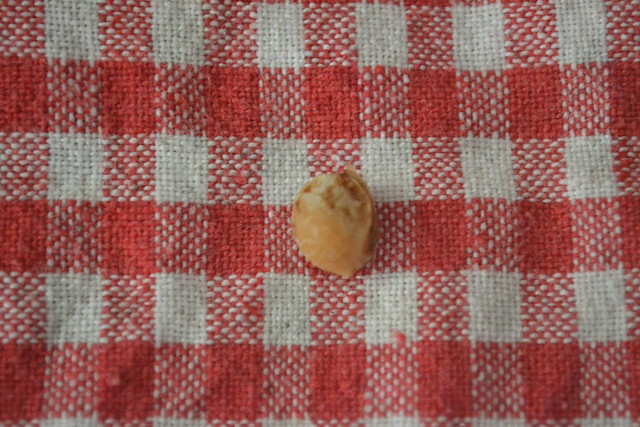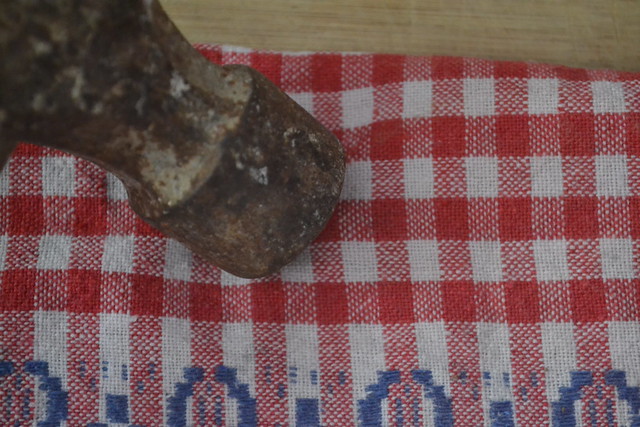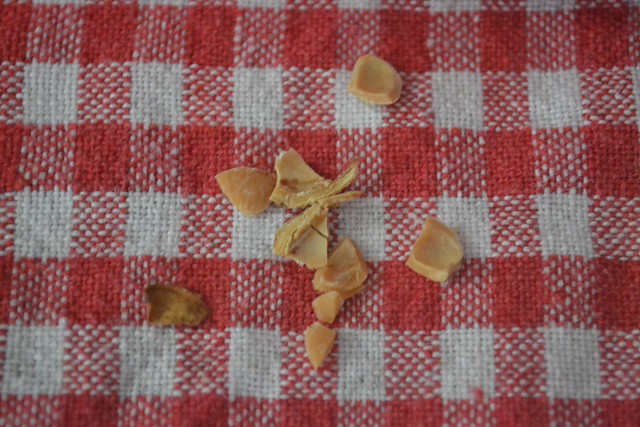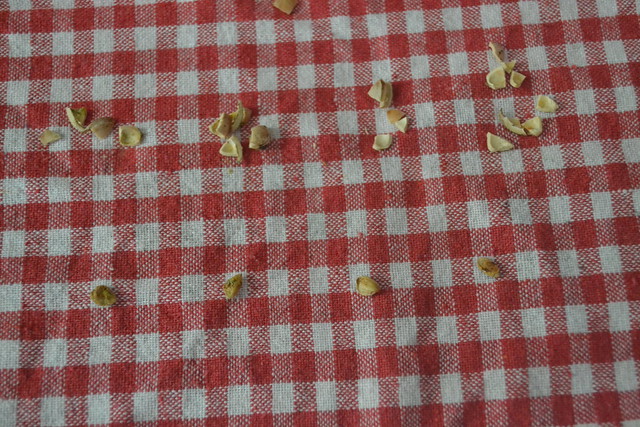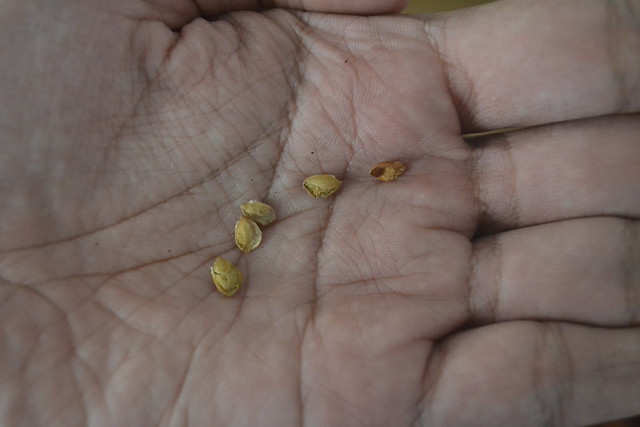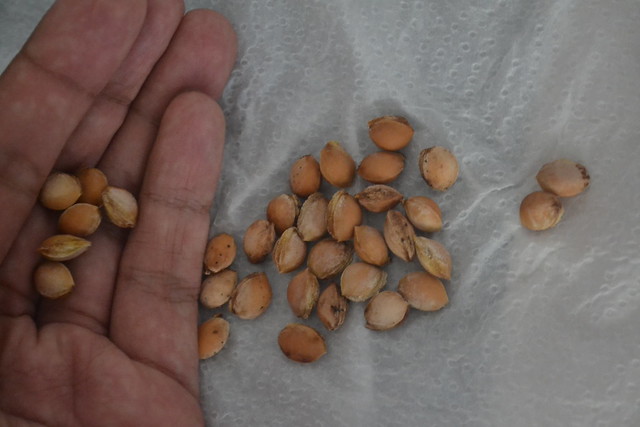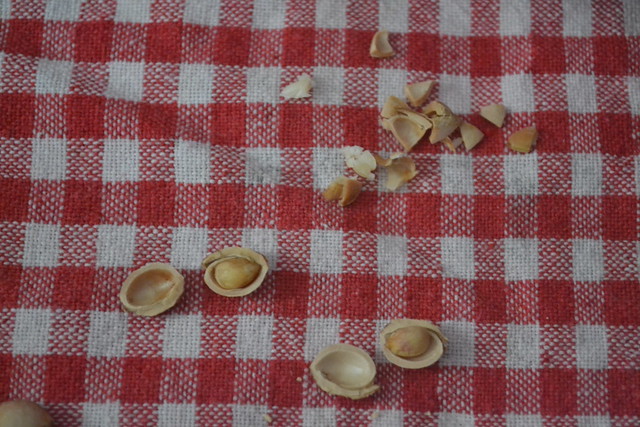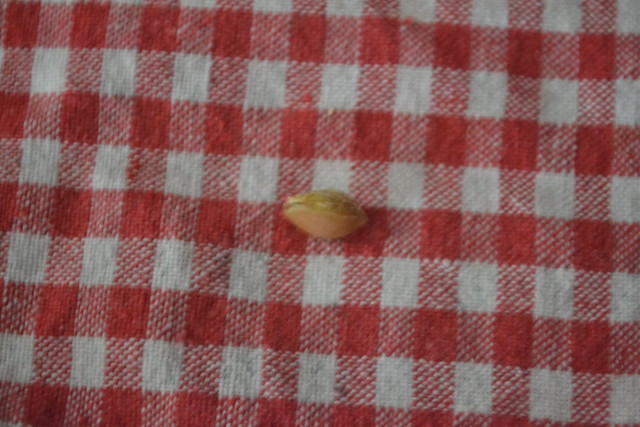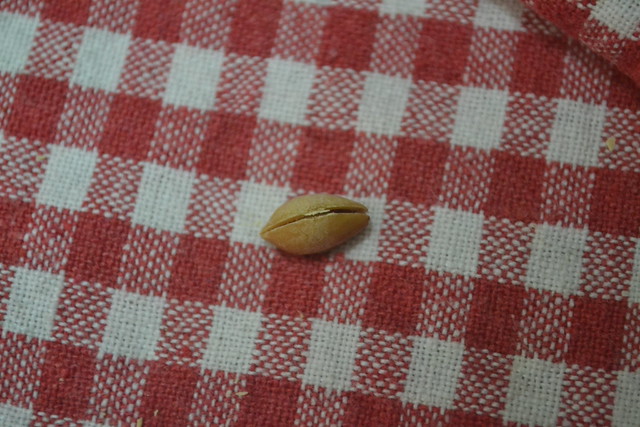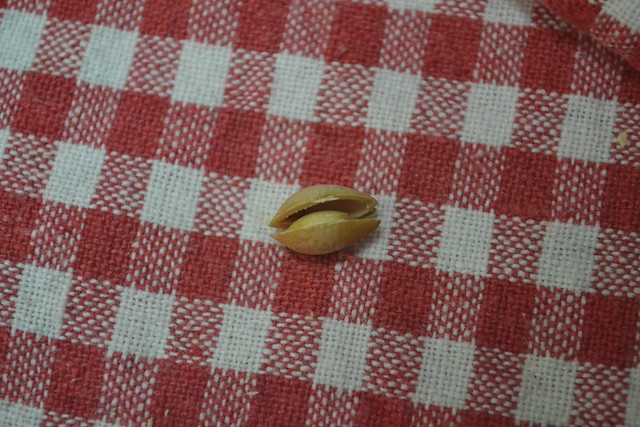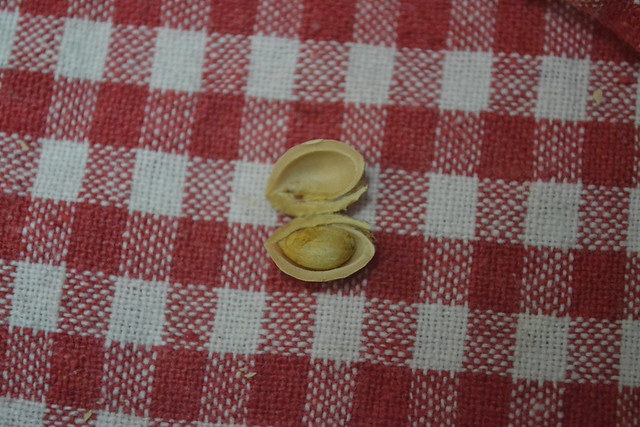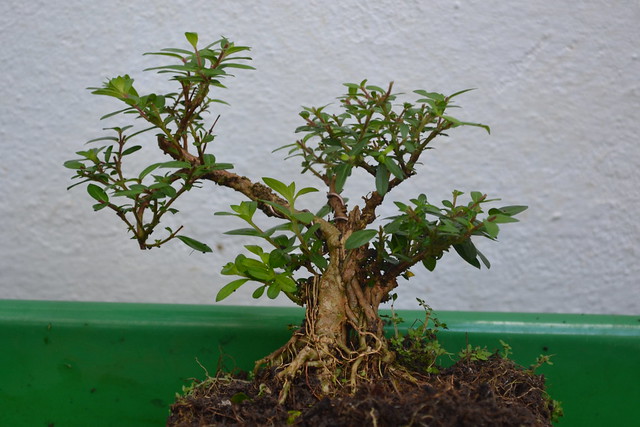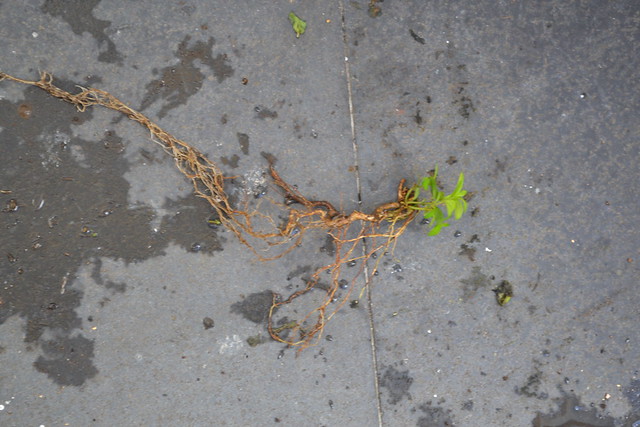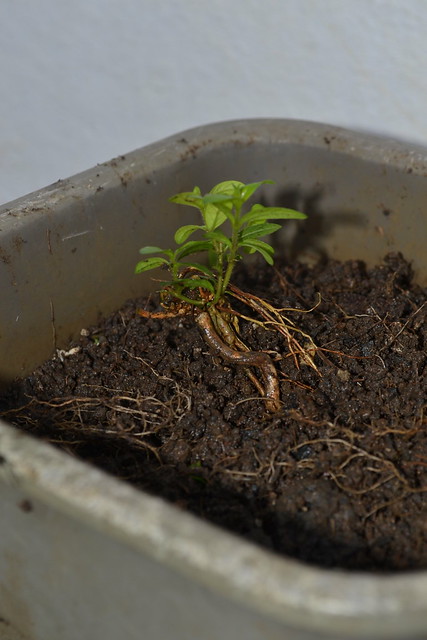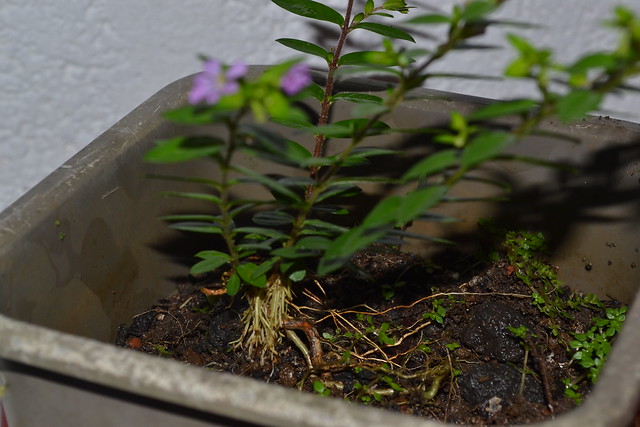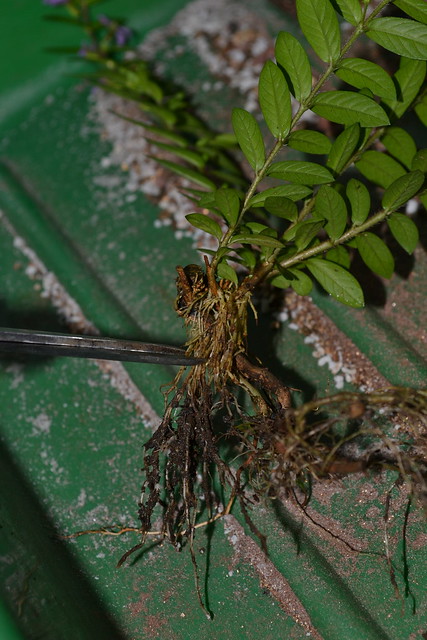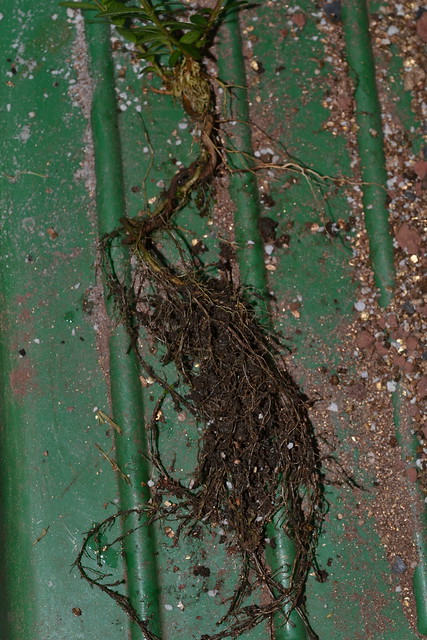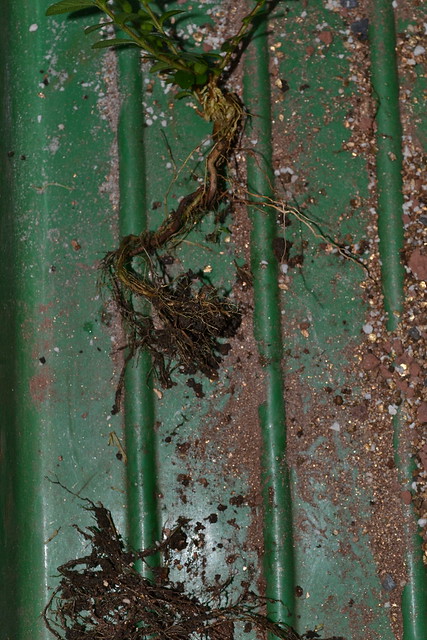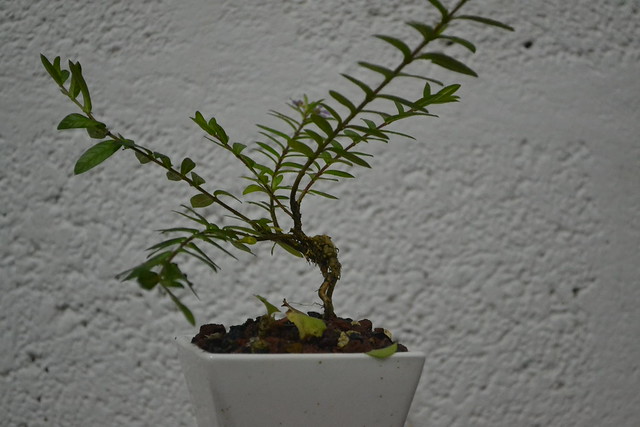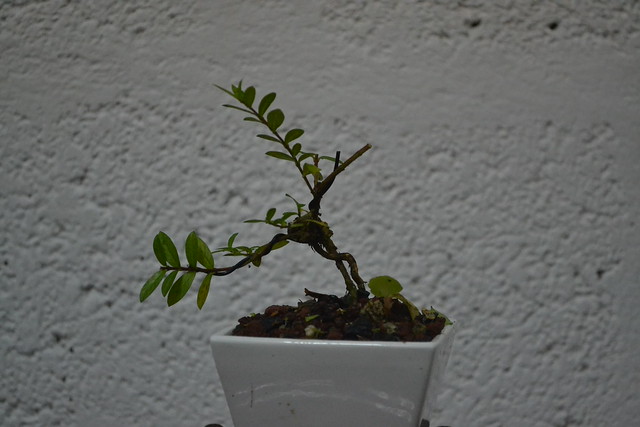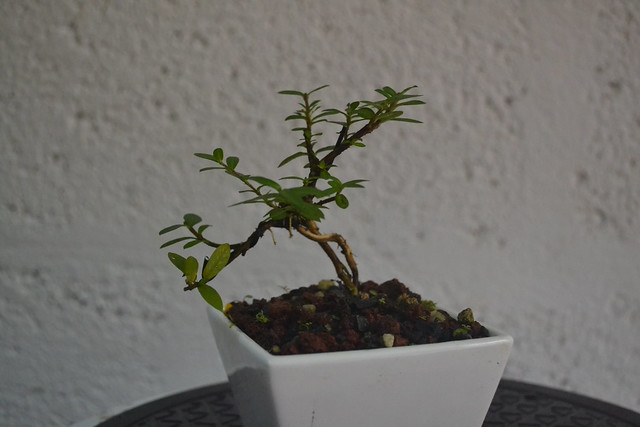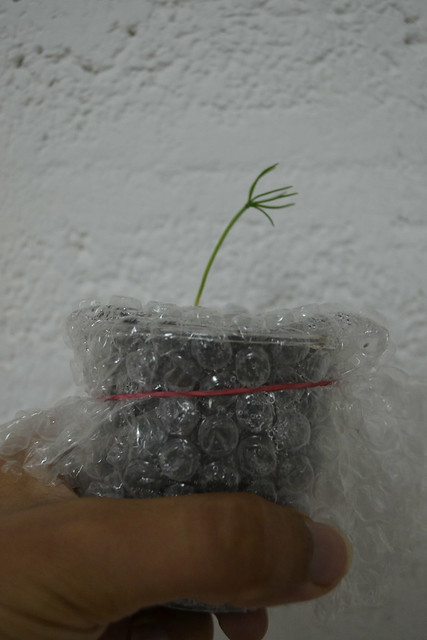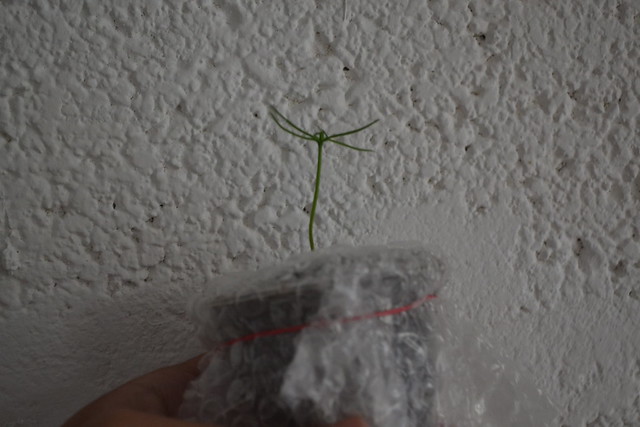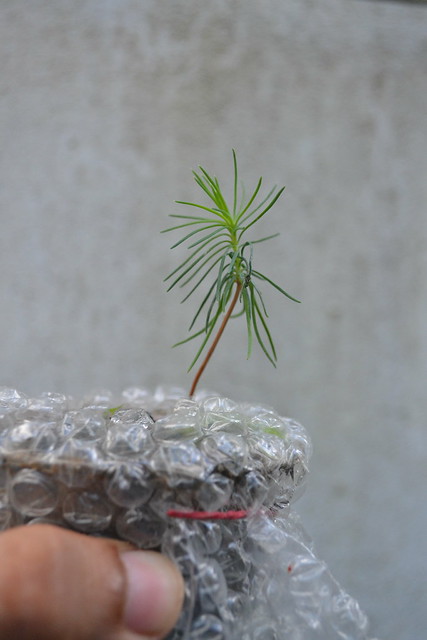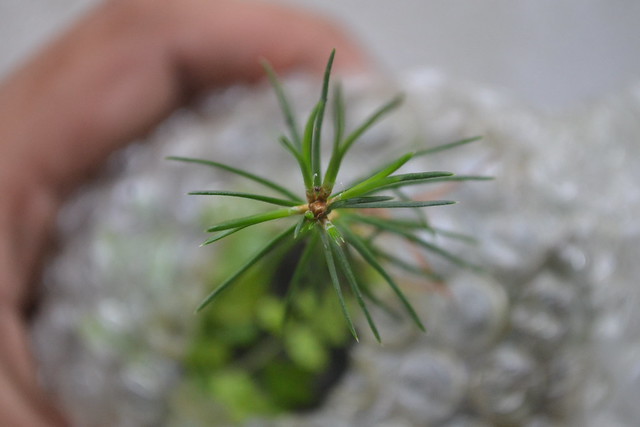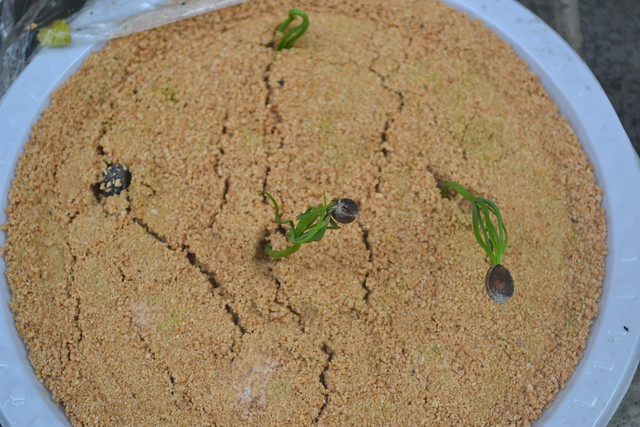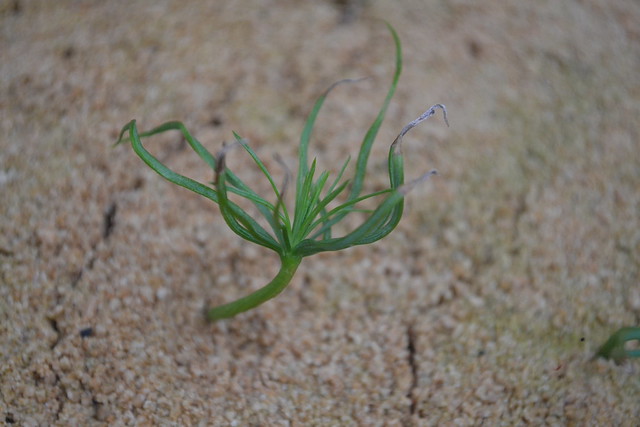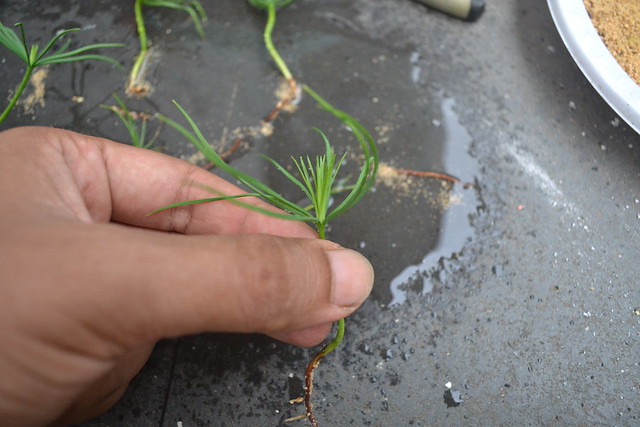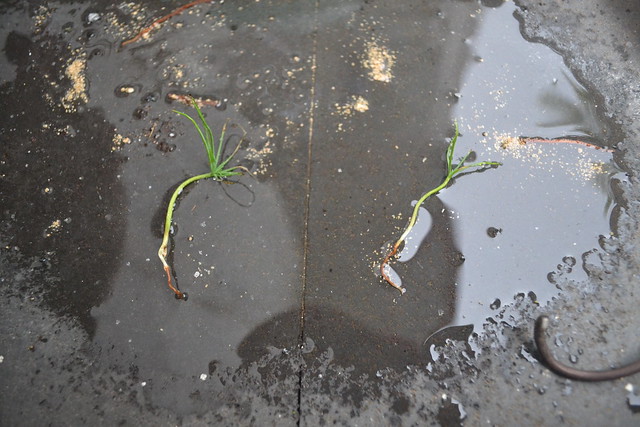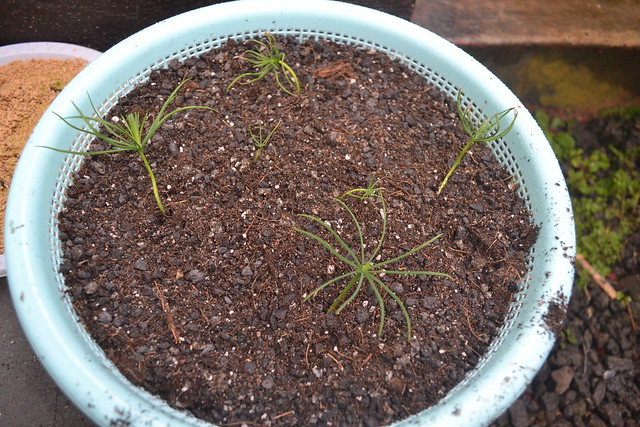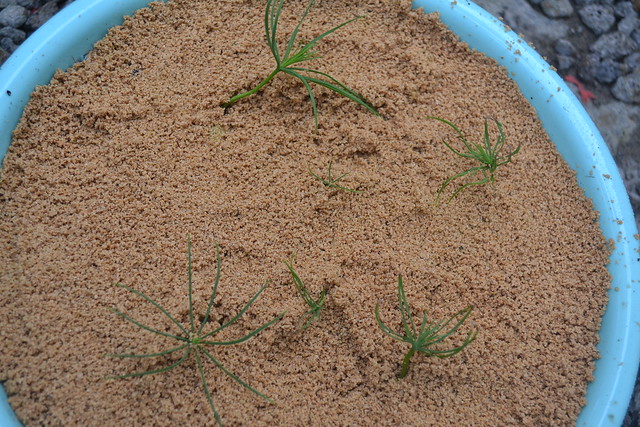Ok so I finally got the seeds in the part one. A batch of 31 seeds ready to be sowed. I discarded the bad seeds.
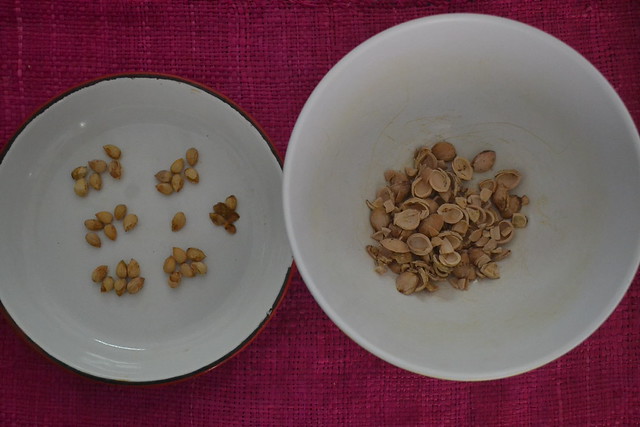
I used old egg boxes to plant the seeds. I keep those just for those occasions. I usually place 6 seeds per box and its frosted and blocks most of the hard sun from the seeds, so its just right for me.

I used a knife to make six small drainage holes at the bottom.
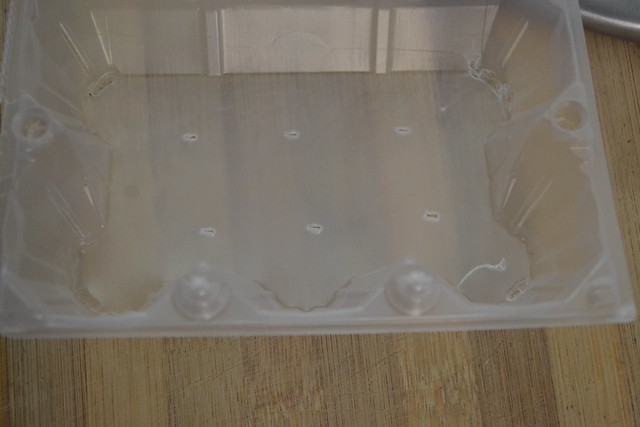
I used my latest bonsai mix to sow the seeds into the "pots" and place six cherry seeds per box.
Then covered the cherry seeds with a thin layer of the same bonsai mix and closed the whole setup.
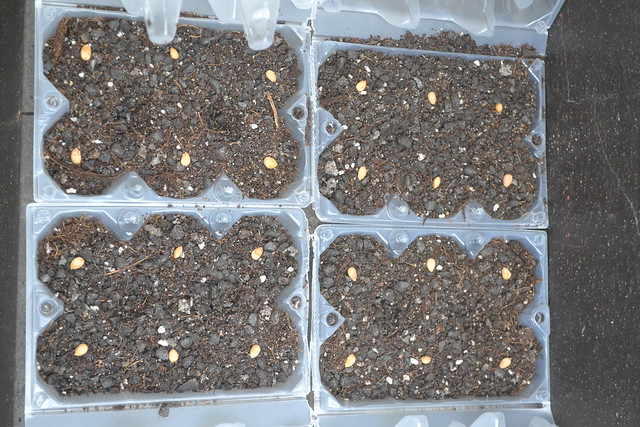

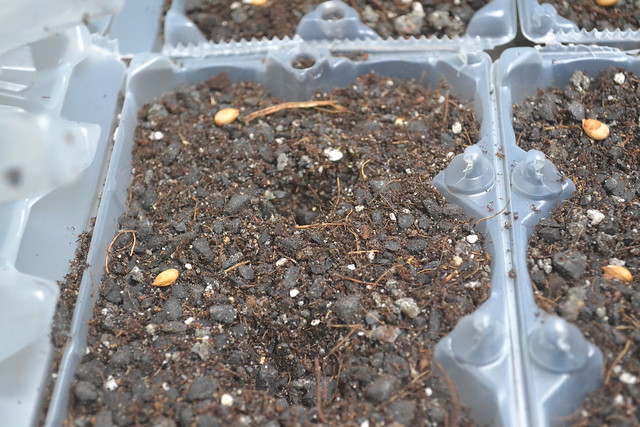


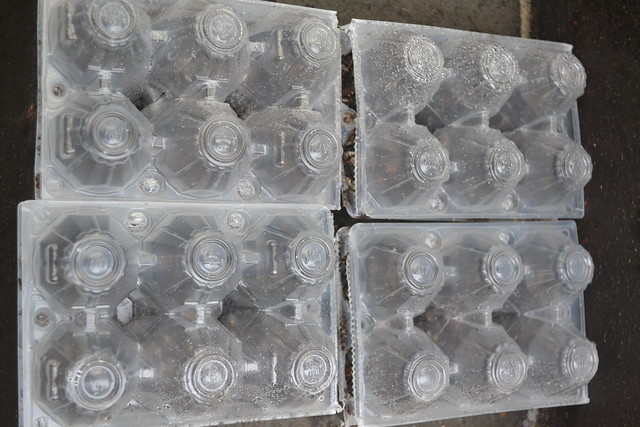
I placed the remaining of the seeds into their own package ( the one from where the cherry was sold ).
My only issue with the box was that it had huge holes at the bottom. I used a tissue paper folder several times and placed it at the bottom to prevent my bonsai mix from being washed away.
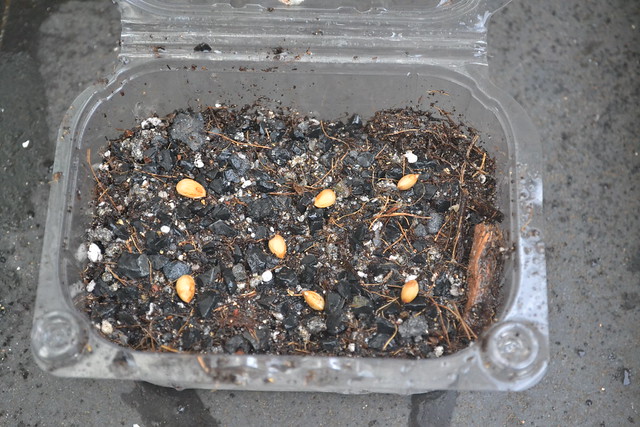
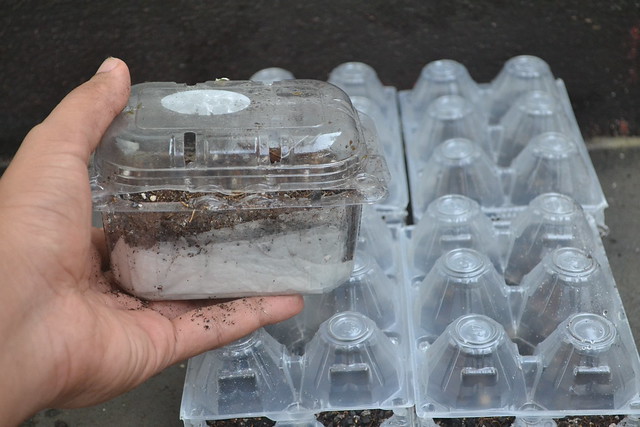
And that's it for now!
I'll have to cross fingers and hope that it does sprout.
I think I skipped totally on the cold stratification process, but the cherries have been in the fridge since 17th Dec 2014 or so. That's roughly 1 month alternating between the fridge and the freezer.

